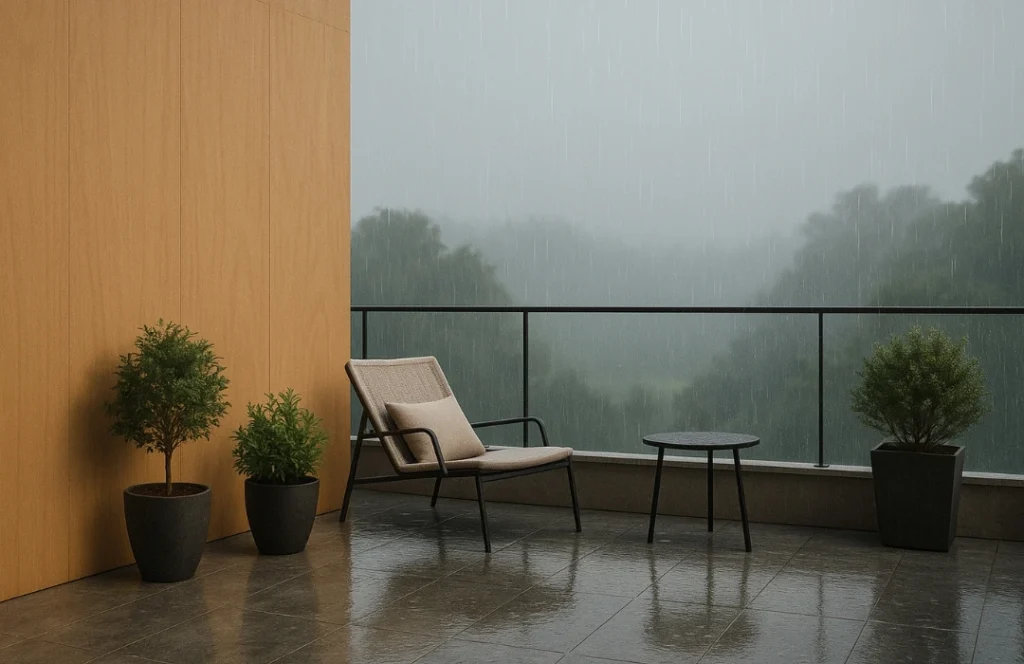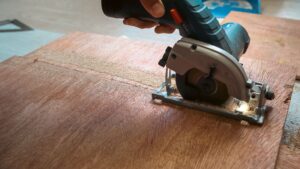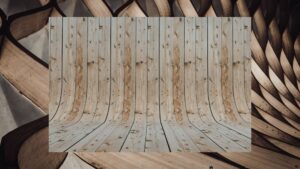Monsoon in India brings a welcome respite from the summer heat, turning landscapes lush and vibrant. But as refreshing as the rains are, they also bring excess humidity and dampness into our homes. Wooden interiors—whether it’s furniture, flooring, wall panelling, or cabinetry—are particularly vulnerable to this humid weather. Moisture can lead to warping, swelling, fungal growth, and a general deterioration of wood’s integrity and appearance.
Whether you’re maintaining heritage interiors or have invested in high-end finishes, understanding how to care for wood during the rainy season is essential for preserving both function and aesthetics.
Why Wood Suffers During the Monsoons
Wood is a hygroscopic material—it naturally absorbs and releases moisture depending on the surrounding environment. During the monsoon, with humidity levels soaring, this balance is disrupted. Excessive moisture causes wood to expand, potentially compromising structural joints and surface finishes. Over time, this can lead to visible cracks, fungal growth, peeling of veneers or laminates, and a general deterioration of quality.
It’s not just about aesthetics. In the long run, moisture damage can lead to costly repairs or replacements. Thus, protecting wood during this season is a necessity.
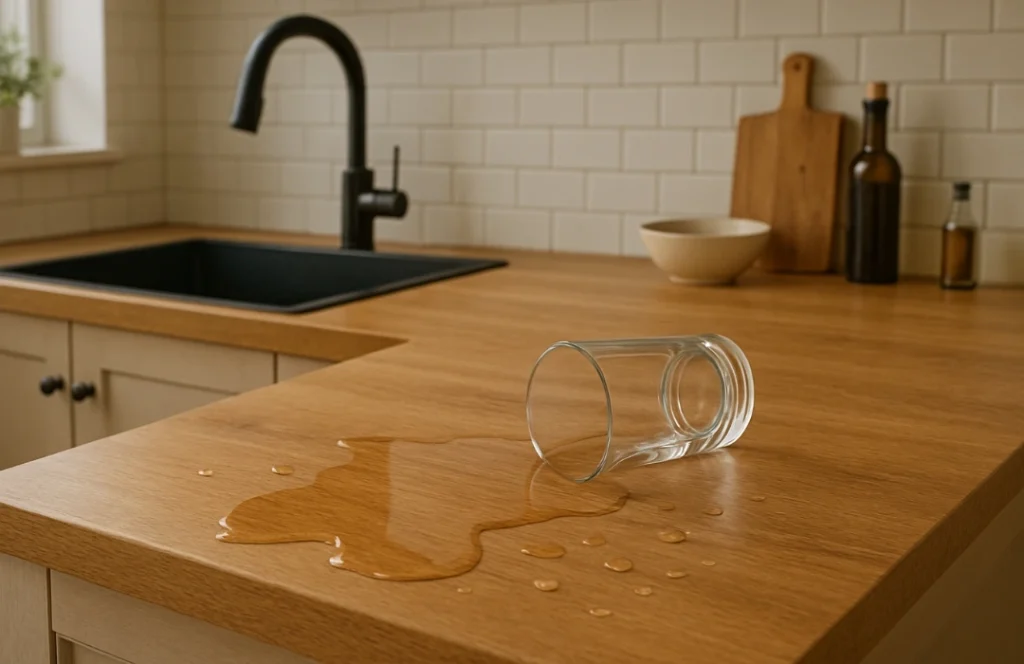
Moisture-Proofing Tips from Duroply’s Experts
Here are some expert-backed strategies from Duroply to help shield your wooden interiors from moisture damage:
1. Ensure Proper Ventilation
Cross-ventilation is critical in reducing indoor humidity levels. Keep windows open when possible, use exhaust fans in kitchens and bathrooms, and consider investing in a dehumidifier in particularly humid zones.
2. Use Moisture-Resistant Polish and Sealants
Apply a good-quality sealant or melamine polish over wooden surfaces to create a protective layer. This acts as a moisture barrier, especially for exposed surfaces like tabletops, cabinet shutters, and open shelving.
3. Lift Off the Floor
Avoid placing wooden furniture directly on the floor. Use rubber or plastic leg caps to elevate it slightly—this prevents capillary absorption of moisture from damp floors, especially if there’s any seepage.
4. Check for Leaks and Damp Patches
Even minor leaks can cause major damage. Inspect ceilings, window sills, and wall corners. Fix any signs of seepage or water accumulation promptly before it reaches wooden structures.
5. Opt for Engineered Wood Products
Solid wood may swell more in response to humidity, whereas engineered wood products like plywood and blockboard—especially ones with calibrated construction—are designed to perform better under seasonal changes.
6. Choose Materials That Are Made for Tough Weather
For spaces more prone to moisture, such as kitchens, bathrooms, balconies, or even areas in coastal cities, investing in the right grade of plywood is critical.
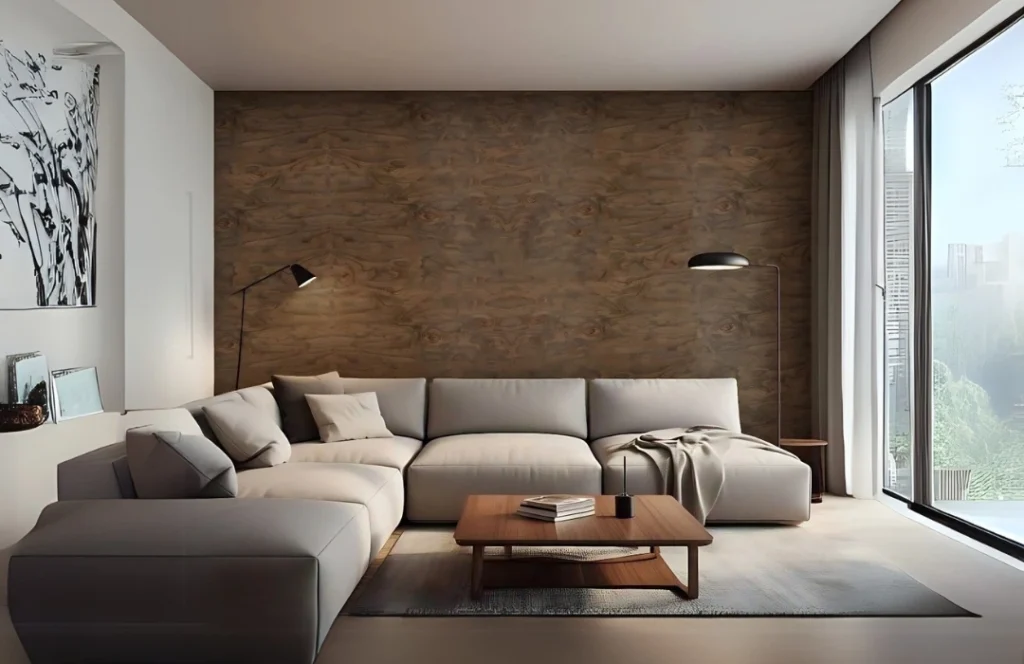
PumaPly by Duroply: Made for all seasons
In response to the growing demand for reliable, all-weather solutions, Duroply has developed PumaPly—a premium plywood crafted specifically to endure extreme weather conditions. It is bonded with undiluted phenol formaldehyde resin under high pressure, giving it superior resistance to moisture, termites, and delamination. Its strength lies in its dense core, minimal core gaps, and superior glue-line protection, making it ideal for kitchens, bathrooms, and humid zones.
In a season as unpredictable as the monsoon and a climate as dynamic as India, protecting your wooden interiors comes down to a few smart choices. From improving ventilation to picking the right materials, a little care goes a long way. This monsoon, stay one step ahead—because preventing moisture damage is always easier than fixing it later.
